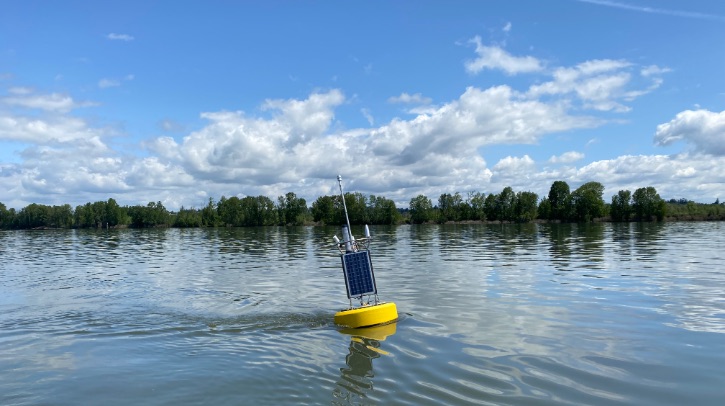NOAA has launched the Salish Sea and Columbia River Operational Forecast System (SSCOFS), which uses an advanced computer model to forecast water level measurements up to three days into the future in the Salish Sea and Columbia River.
Advanced water level forecasting
This system replaces the existing Columbia River and Estuary Operational Forecast System. It also expands geographic coverage beyond the existing model, offering guidance to users in the Puget Sound, the San Juan Islands, the Strait of Georgia, the Strait of Juan de Fuca, and the Columbia River up to Bonneville Dam.
The tool’s forecasts are designed to help mariners better understand the present and future state of water levels, currents and other oceanographic variables – like temperature and salinity – in a coastal area. The predictions are used to support safe and efficient marine navigation, hazardous spill response, search and rescue operations and marine resource management. This new forecast tool for coastal communities will provide timely, authoritative information on changing meteorological and ocean conditions.
Real-time data
This new tool was developed in collaboration with the Pacific Northwest National Laboratory and the Northwest Association of Networked Ocean Observing Systems, with contributions from partners in the modeling community. As such, the SSCOFS, which uses recent and real-time data to issue nowcasts and short-term forecasts, is the first operational forecast system to be developed by an external partner and implemented into operations by NOAA.
In related news, the Bipartisan Infrastructure Law and Inflation Reduction Act recently awarded US$100m in funding to General Dynamics Information Technology for NOAA’s newest high-performance computer (HPC) system, called Rhea. Rhea will be used to advance research on weather, climate, ocean and ecosystem prediction. Click here to read the full story.



